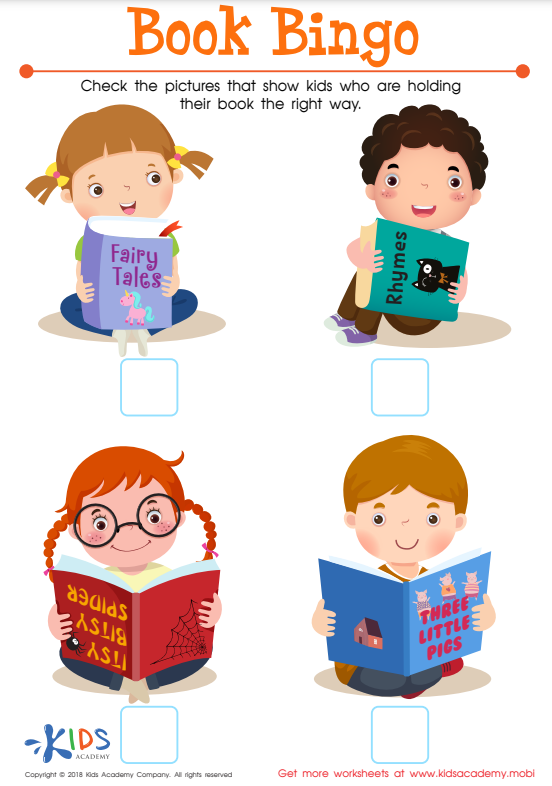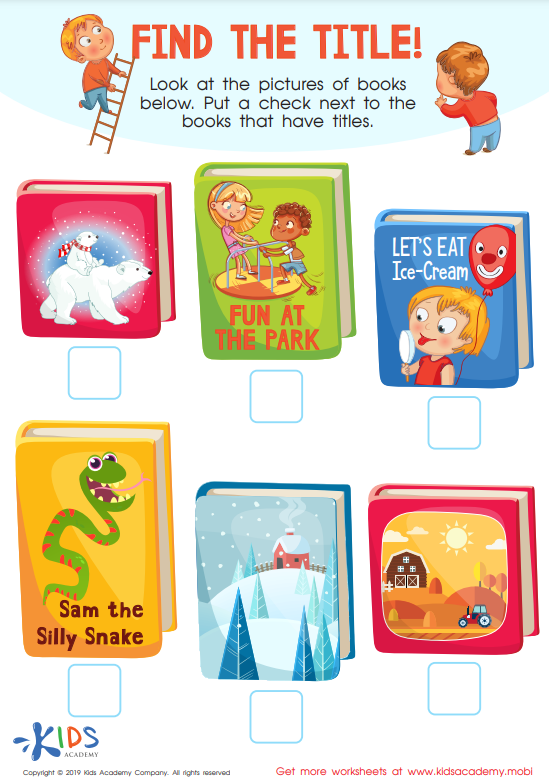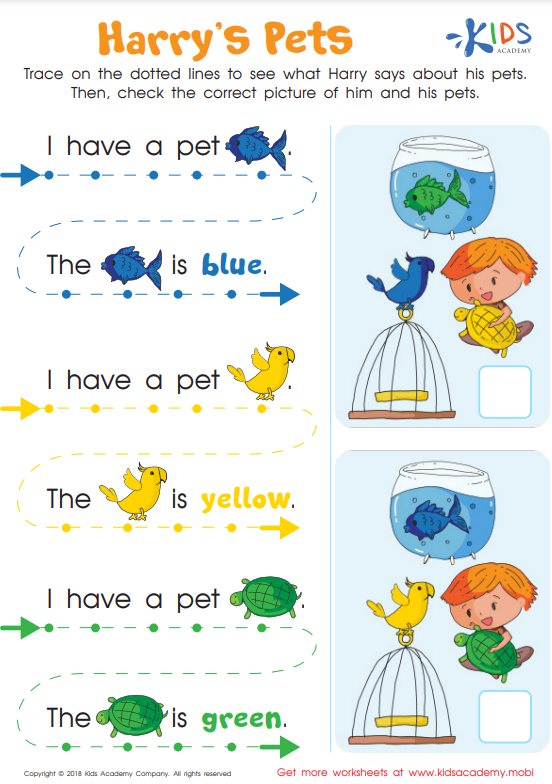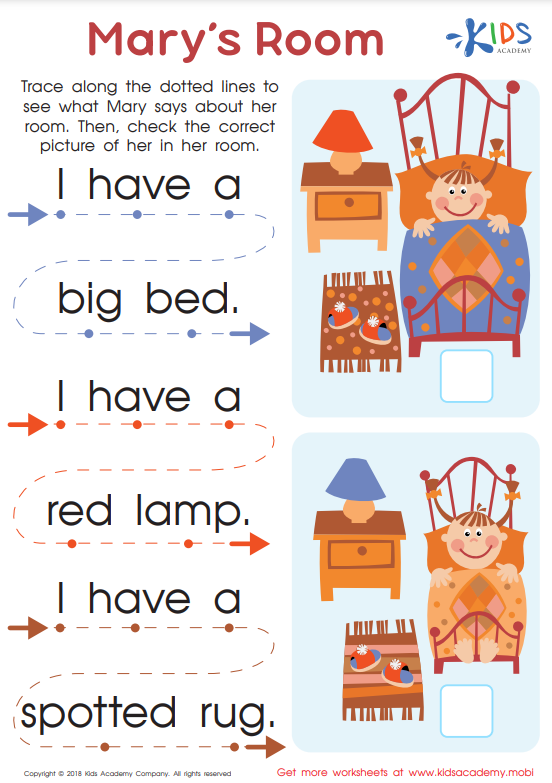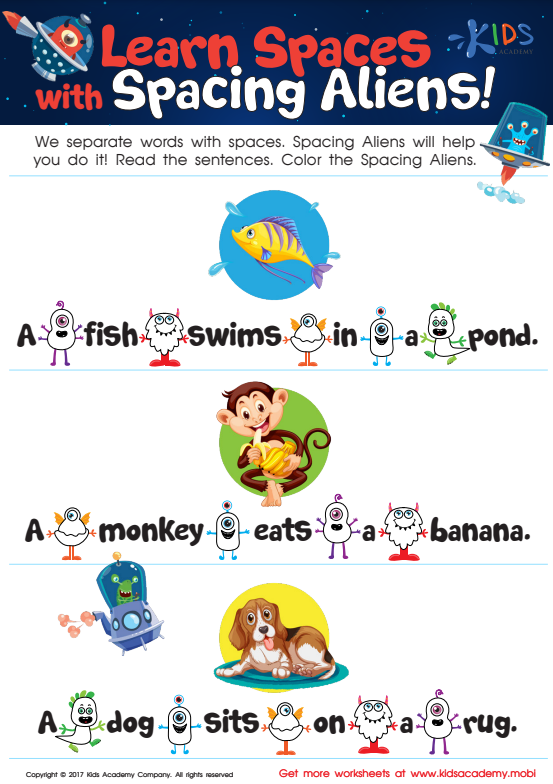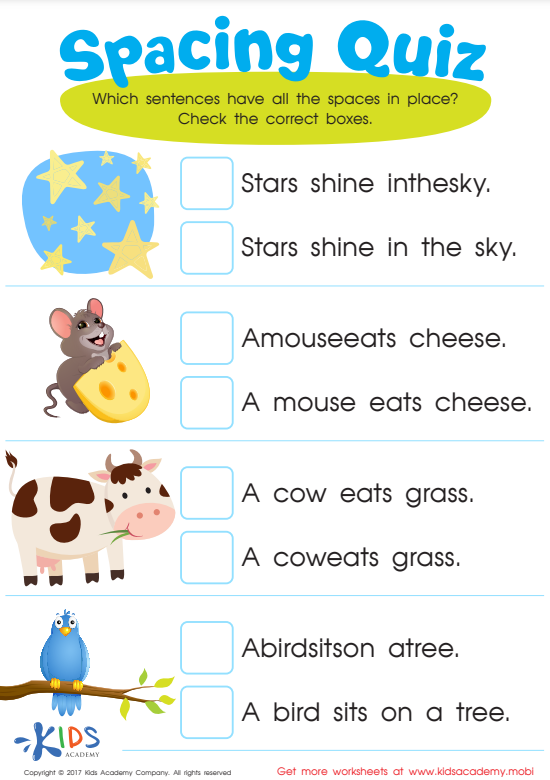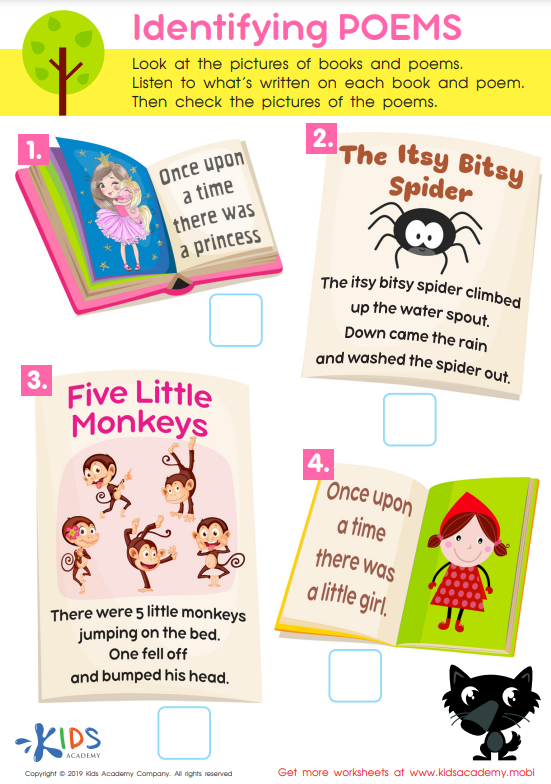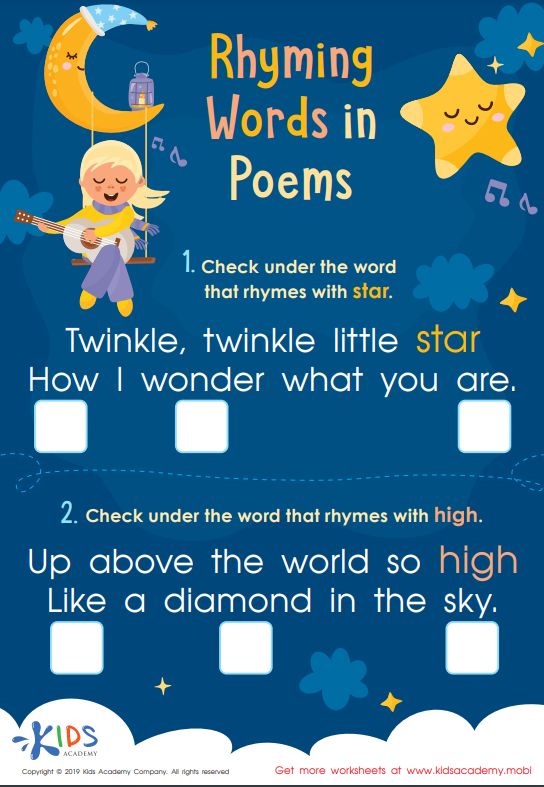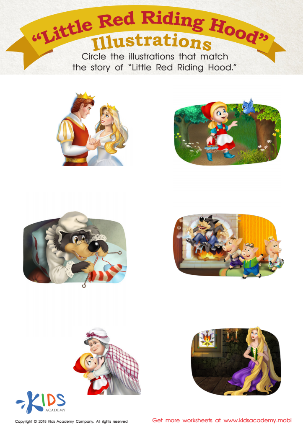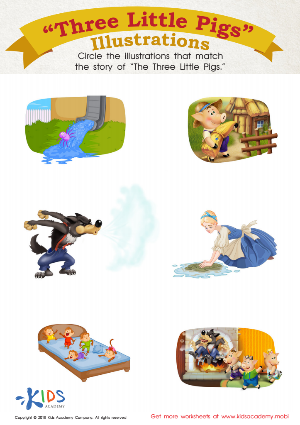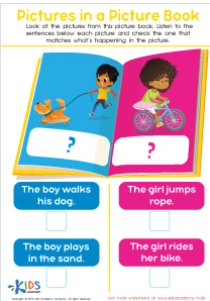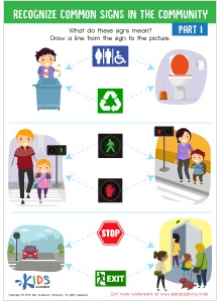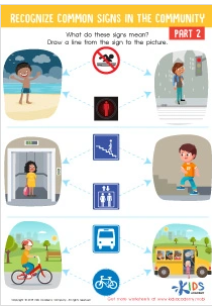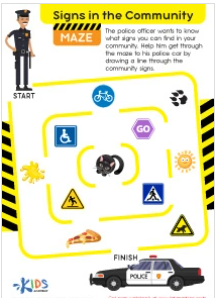-
English
-
English Pre-K
-
Unit 1: Early Literacy Skills
-
ABCs
- Pre-writing Activities
- Letter A
- Letter B
- Letter C
- Letter D
- Letter E
- Letter F
- Letter G
- Letter H
- Letter I
- Letter J
- Letter K
- Letter L
- Letter M
- Letter N
- Letter O
- Letter P
- Letter Q
- Letter R
- Letter S
- Letter T
- Letter U
- Letter V
- Letter W
- Letter X
- Letter Y
- Letter Z
-
Phonological Awareness
- Rhyming Words
- Letter Sounds B, C, D, and F
- Letter Sounds G, H, J, and K
- Letter Sounds L, M, N, and P
- Letter Sounds Q, R, S, and T
- Letter Sounds V, W, X, Y, and Z
- Letter Sounds A, E, and I
- Letter Sounds O and U
- Beginning Sounds
- Matching Letters to Sounds
-
ABCs
-
Unit 2: Vocabulary
-
Common Words
- Sorting Words into Categories
- Color Words
- Verbs and Adjectives
-
Sight Words
- Sight Words 'I' and 'Can'
- Sight Words 'You' and 'Like'
-
Common Words
-
Unit 3: Print Awareness
-
Parts of a Book
- Working with a Book
- Spaces Between Words
- Text and Illustrations
-
Picture Books and Poems
- Picture Book Text Features
- Poem Text Features
- Signs and Labels in the Community
-
Parts of a Book
-
Unit 4: Reading Literature
- Questions About Stories
- Discussing Stories
-
Unit 5: Reading Informational Texts
- Retelling Details in a Text
- Questions About a Text
- Connections Between Events
- Text Features
- Describing Illustrations
-
Unit 1: Early Literacy Skills
-
English Pre-K
-
Math
-
Math for Pre-Kindergarten
-
Logic and Geometry
-
Matching and Sorting
- Same and Different
- Which One Is a Little Different?
- Objects That Go Together
- Sorting by Color and Size
- Sorting The Same Group in Different Ways
- Patterns
-
Shapes
- Shapes in Our Environment
- Naming Shapes Regardless of Size
- Making Shapes in Preschool
- Comparing Shapes
- Relative Positions
- Sorting Shapes
-
Matching and Sorting
-
Early Number Sense
-
Numbers 1–5
- Counting to 3
- Counting to 5
- Arranging Objects up to 3 Objects
- Arranging up to 5 Objects
- Writing Numbers 1–5
-
Numbers 1–5
-
Numbers up to 10
- Counting to 10
- Arranging up to 10 Objects
- Number 0
- Writing Numbers 6–10
- Breaking Down Numbers 6-10
-
Logic and Geometry
-
Math for Pre-Kindergarten
“Can you read me a bedtime story?”
Reading to your child from a young age builds skills that lay the foundation for reading. As you read aloud, your child is learning the concepts of print.
What Is Print Awareness?
Literacy is a multilayered code with many rules and a consistent structure. Each language has rules for written language. Your child is learning how to use books and the organization of the words on pages. Help your child understand the different types of books and the role of illustrations in a text.
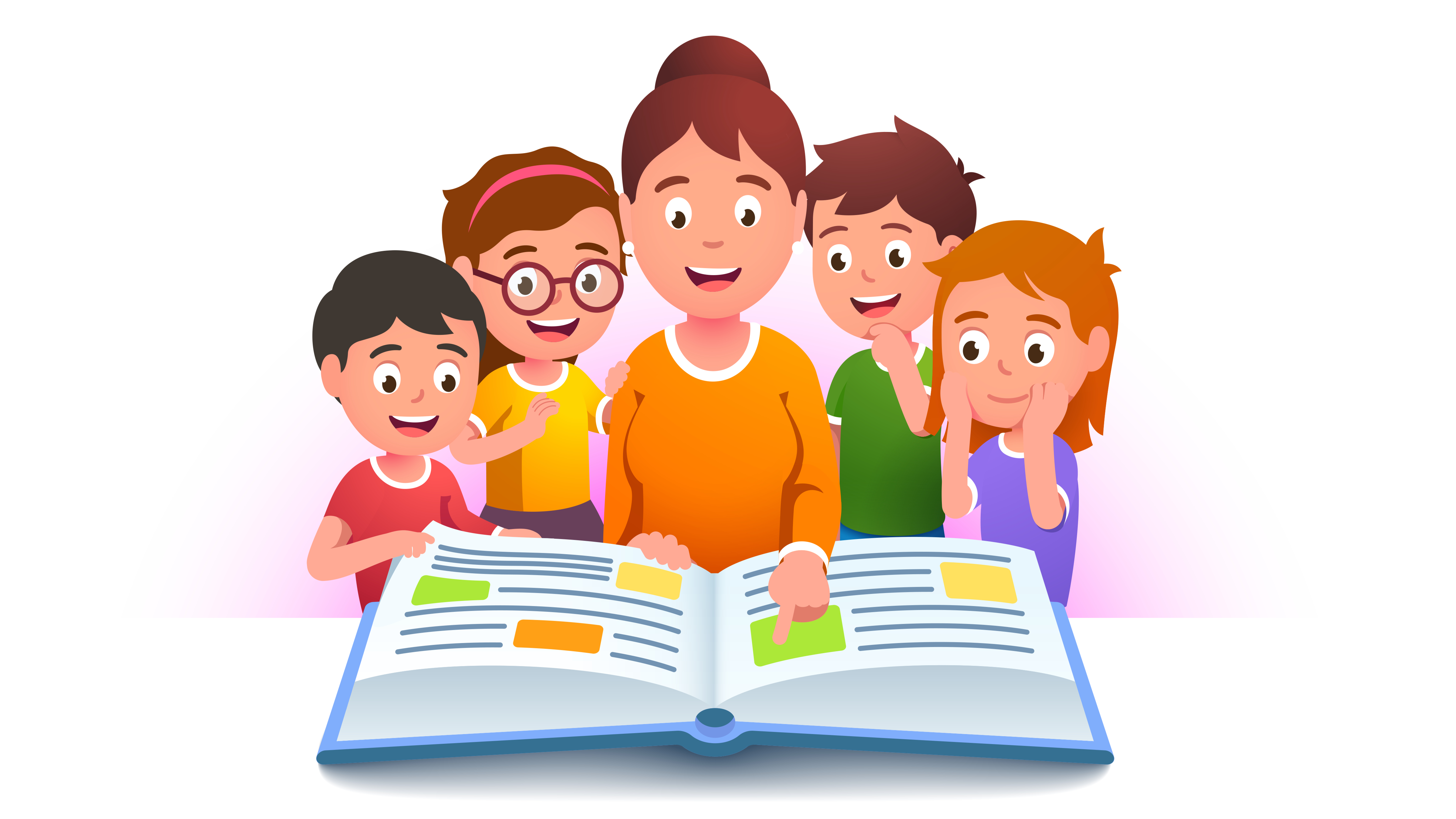
How to Use a Book
Your child needs to learn how to hold a book.
Caring for books and treating them well can be practiced early on. Show your child that books have covers with pages on the inside. Model how to turn pages with care. Your child should be able to identify the cover of a book and find its title. Help your child look at the pictures and words to make sure the book is right-side up. Kids Academy has curated resources to help with these concepts.
Show your child how to engage with a text by using your finger to show the direction of the words. Can your child follow the text from left to right and then return to the left at the end of a line? Bring the fun to text tracking with fun finger puppets or pointers. Reinforce these skills with these activities from Kids Academy.
Text Organization Basics
Your preschooler is learning letters and sight words. Introduce the structure of a sentence and show the spaces between each word. Explain how these spaces allow each word to stand alone from the others in the sentence. Demonstrate what it would look like if those spaces weren’t there. Incorporate spacing practice in your child’s daily writing routine. Some have found success using popsicle sticks as a spacer after each word.
Different Kinds of Texts
Allow your child to see that the format of text varies from one to the next. Read narrative texts, poetry, and expository texts. Highlight text features and illustrations.
How Illustrations Are Connected to Text Understanding
Your child is beginning to make the connection that meaning is derived from the words on the page. Use picture books to explain how illustrations contribute to meaning as well. Your child can practice using these engaging activities from Kids Academy.
Symbols and Signs in the World Around Us
Environmental print is one of your child’s first exposures to text. You may notice your child paying attention to stop signs or signs for their favorite stores and restaurants. Describe the difference between words and logos.
Call to Action
- Get books in your youngster’s hand to practice how to hold books and turn pages.
- Show the structural elements of written text, starting with letters, and building to words, sentences, and paragraphs.
- Point out spacing and practice left to right directionality.
- Take advantage of Kids Academy and the high-quality resources included on our website.
By: Monica Edwards
English Language Arts Teacher, Curriculum Writer
